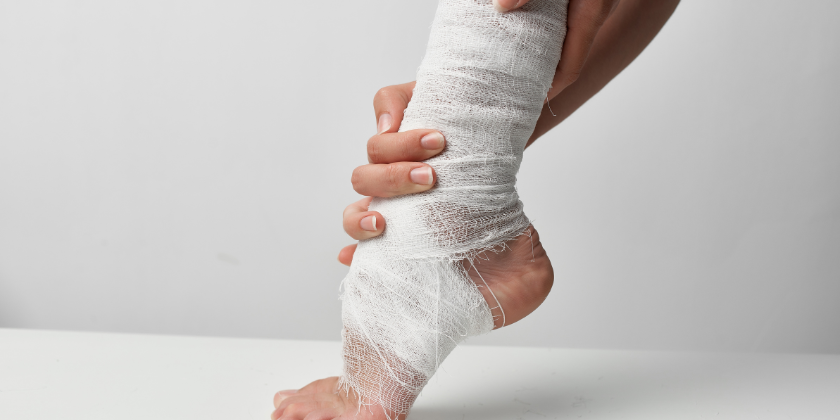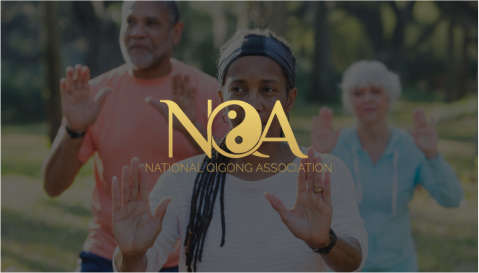I was out hiking recently, and unfortunately fell and twisted my ankle. My doctor (and Google) recommended “RICE” – or rest, ice, compression and elevation. The resting, or staying off it, assisted me to deform it, the ice helped to reduce the swelling and curtail the pain, compression kept the swelling away, and assisted me to hobble around while keeping the ankle stable, and elevating it again helped with swelling. Thankfully, between that that a few acupuncture needles, I was back on my feet in no time.
But what if the pain doesn’t fades away within few days, or weeks, or months, or even years?
Your doctor, chiropractor or physical therapist might continue to suggest ice to dull the pain.
And you’ve probably discovered that it works...for a while. But as soon as that numbness resides, the pain starts, sometimes even get worse than before.

A Better Way Through Traditional Chinese Medicine: Breaking Up Stagnation
In Traditional Chinese Medicine theory, we say that pain is caused by "stagnation". When Qi, blood, and body fluids can’t move freely through the body, they get stuck and cause pain and discomfort. Everything that I do in my clinic, and all the suggestions I make to patients, revolve around breaking up that stagnation and encouraging free flow.
Acupuncture and massage helps to alleviate stagnation and increases blood circulation. Meanwhile, ice and cold help in muscles contraction and puts an halt to blood flow, heat lets fresh, oxygenated blood in to move through the area, which prompts the body to
Try On Yourself: Move Your Qi Through Heat
Avoid icing those aches and pains and apply heat for a few weeks. If it’s chilly outside, keep your body, especially anything that hurts, covered and warm. I like to massage a heating ointment like Tiger Balm, and cover it with a damp towel or a heating pad (or a hot water bottle – anything to create a moist heat). This lets the heat dive deep into the tissue, and makes you feel amazing.
This article was originally published here and has been re-published with the express permission of the author.
Care Consideration: Just a reminder that the above information is not a substitute for medical care and is not a substitute for medical advice or recommendations from a healthcare provider. This information is not intended to treat, mitigate or cure any disease. That said, we encourage you to connect with an Acupuncturist in your community to learn more about this and other Traditional Chinese Medicine options. If you’ve got questions about Chinese herbal medicine or getting started with an Acupuncturist, feel free to connect with us on hello@mydaolabs.com.
















